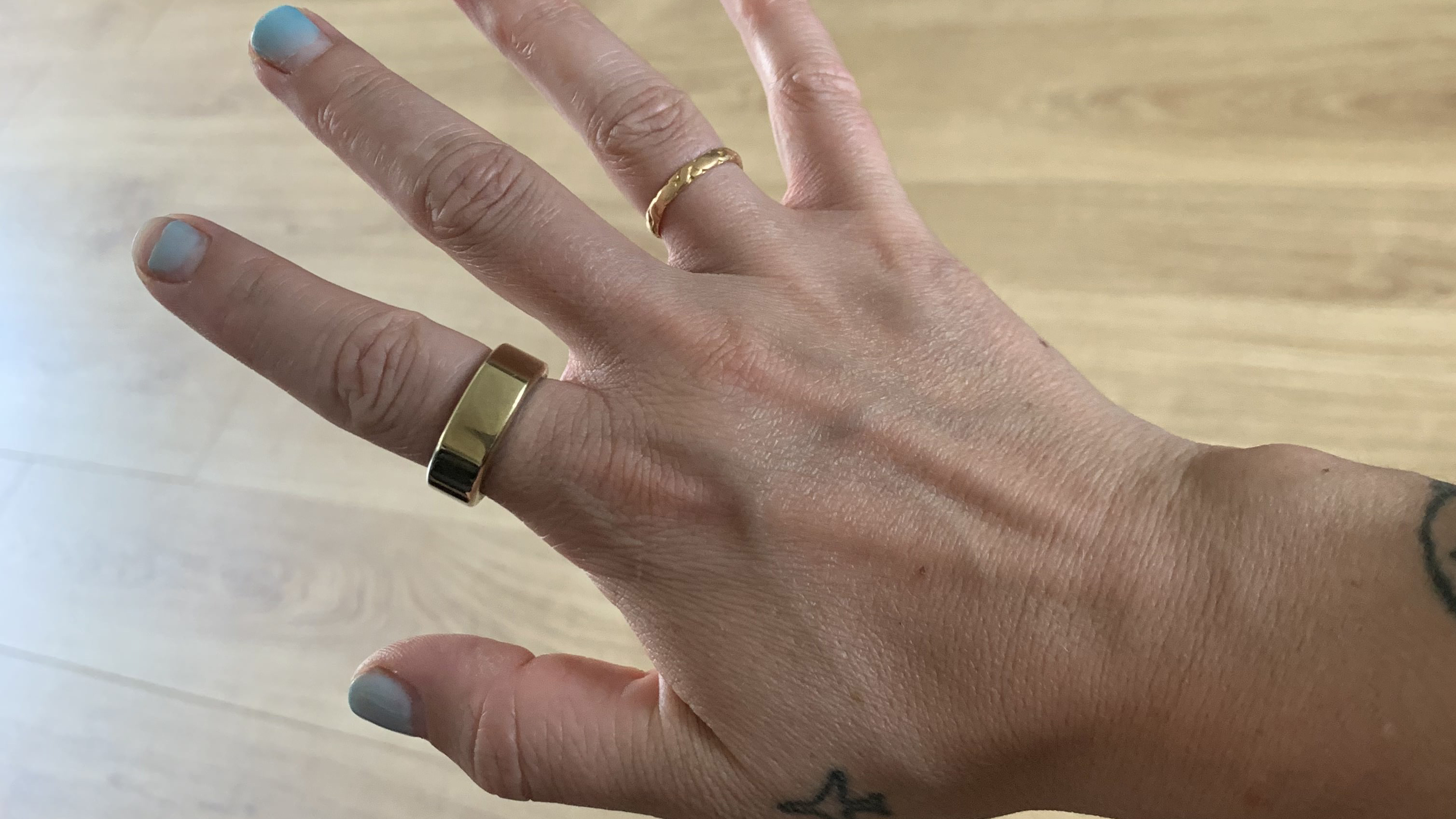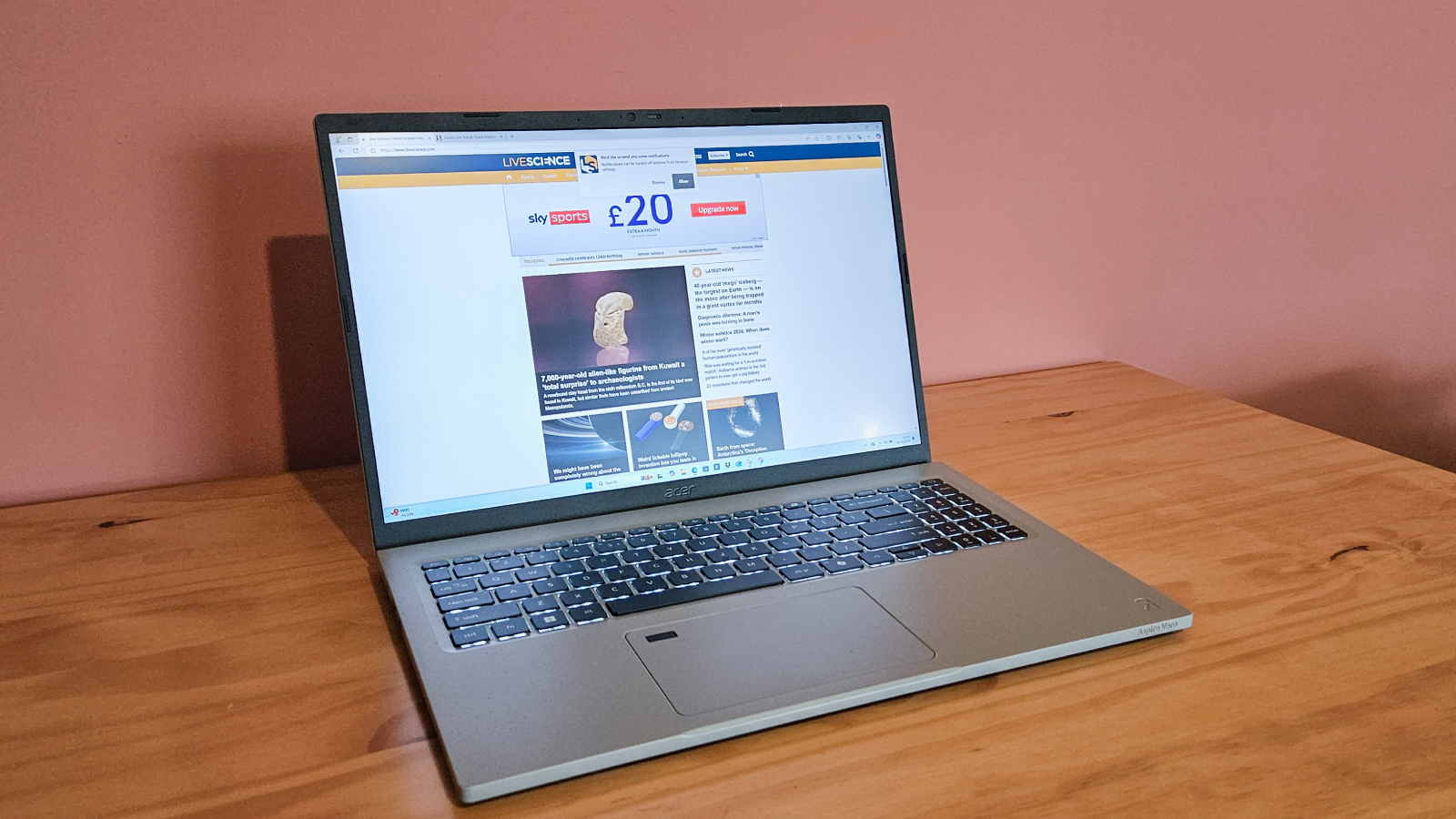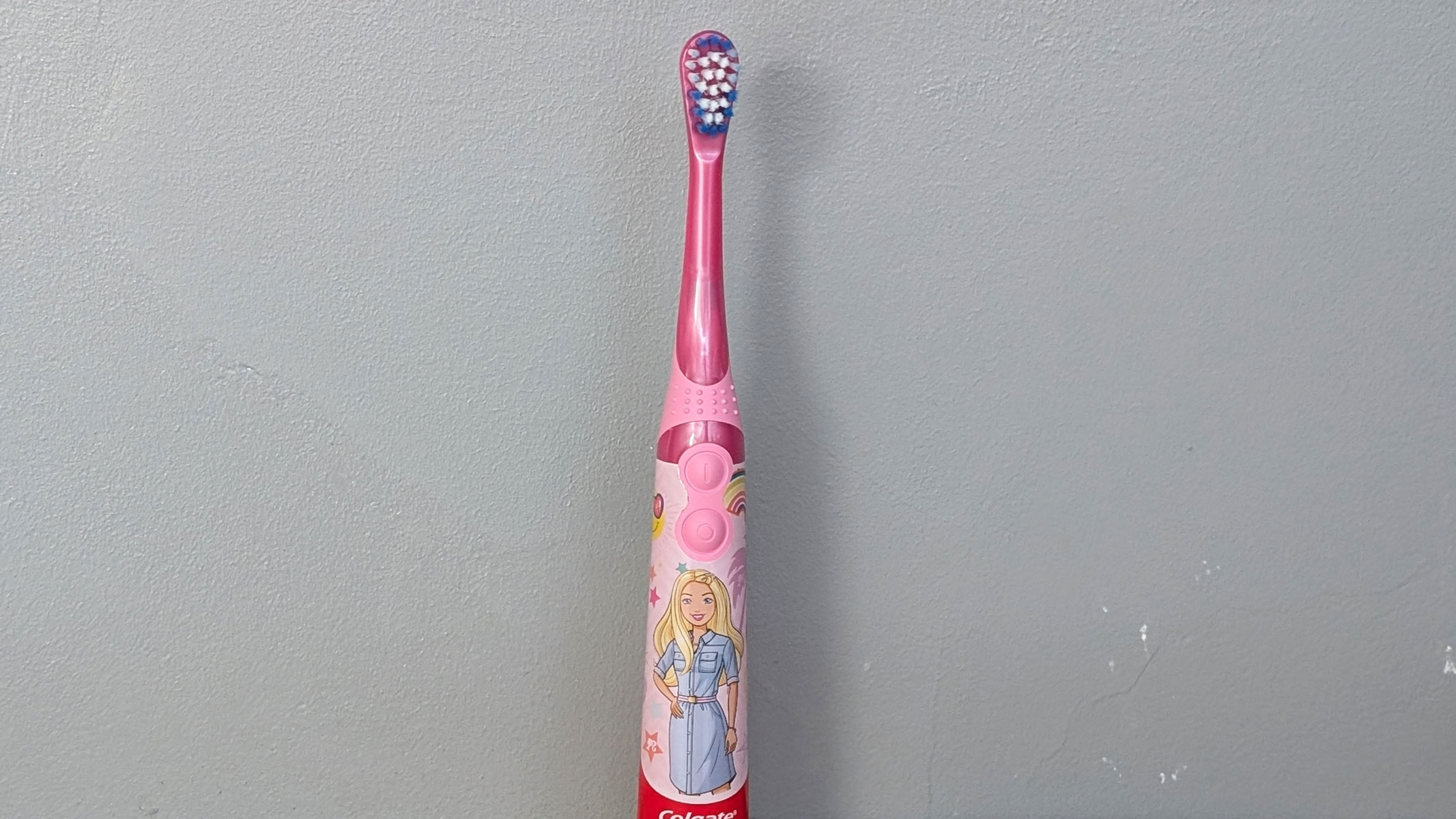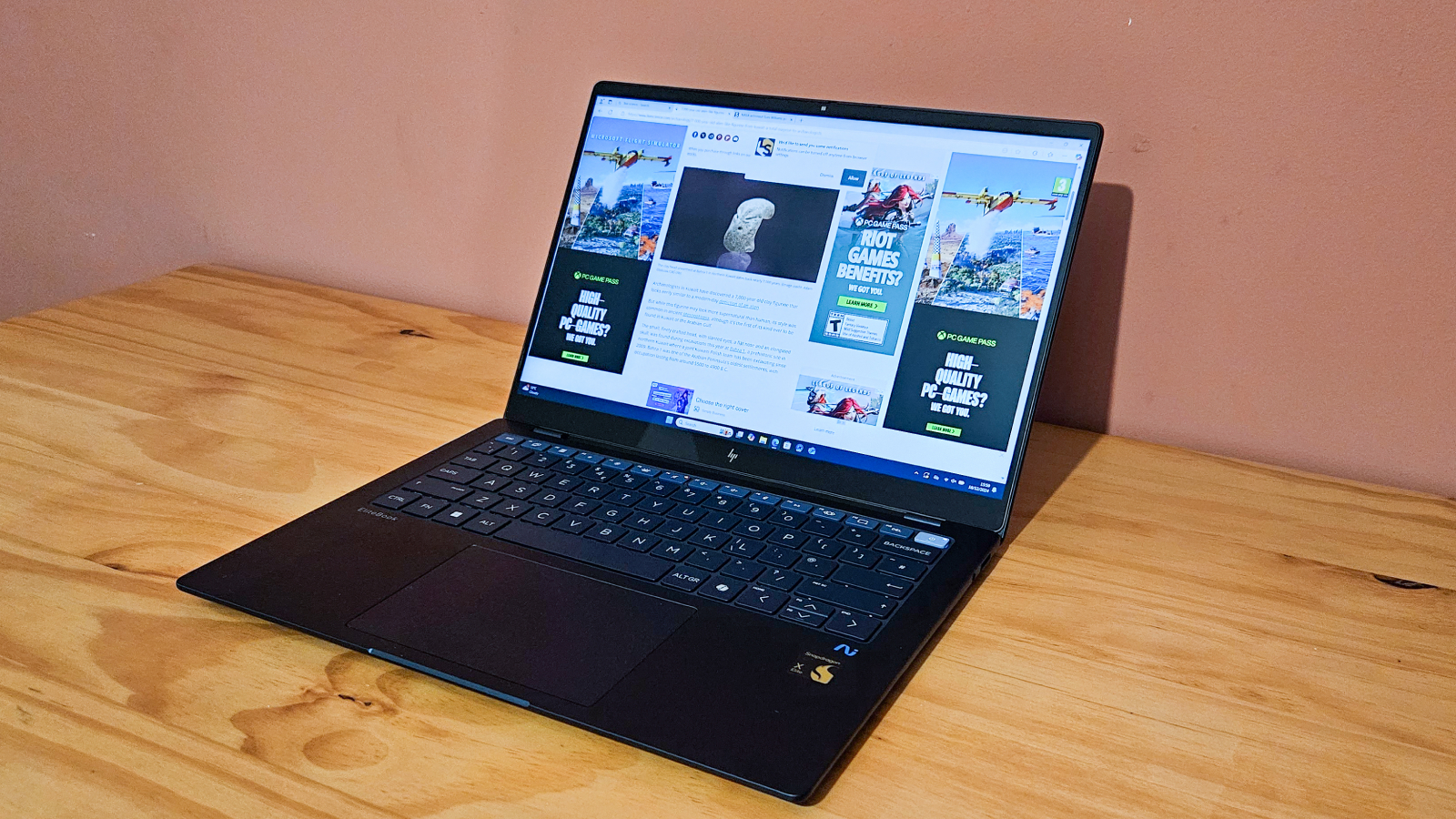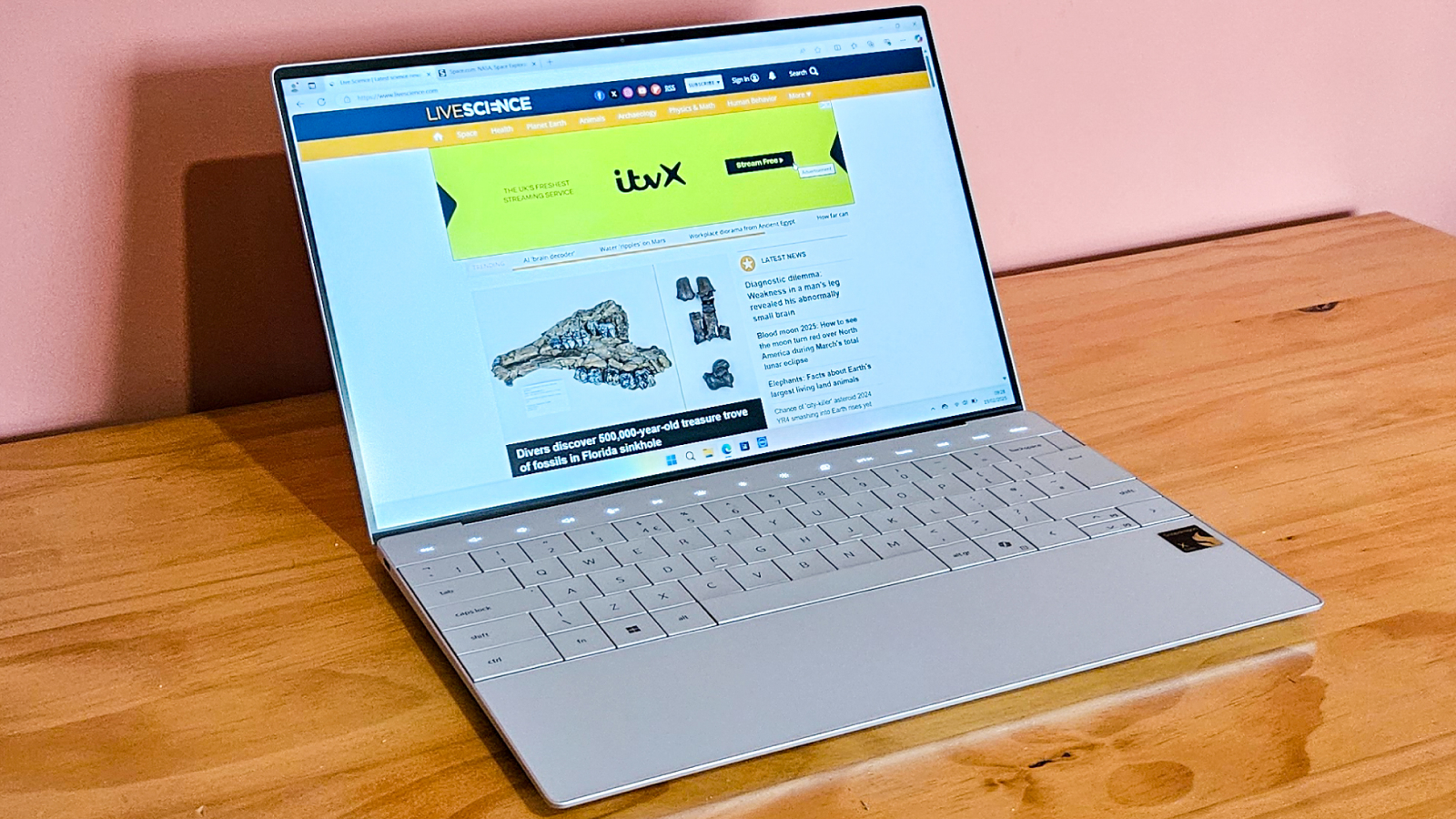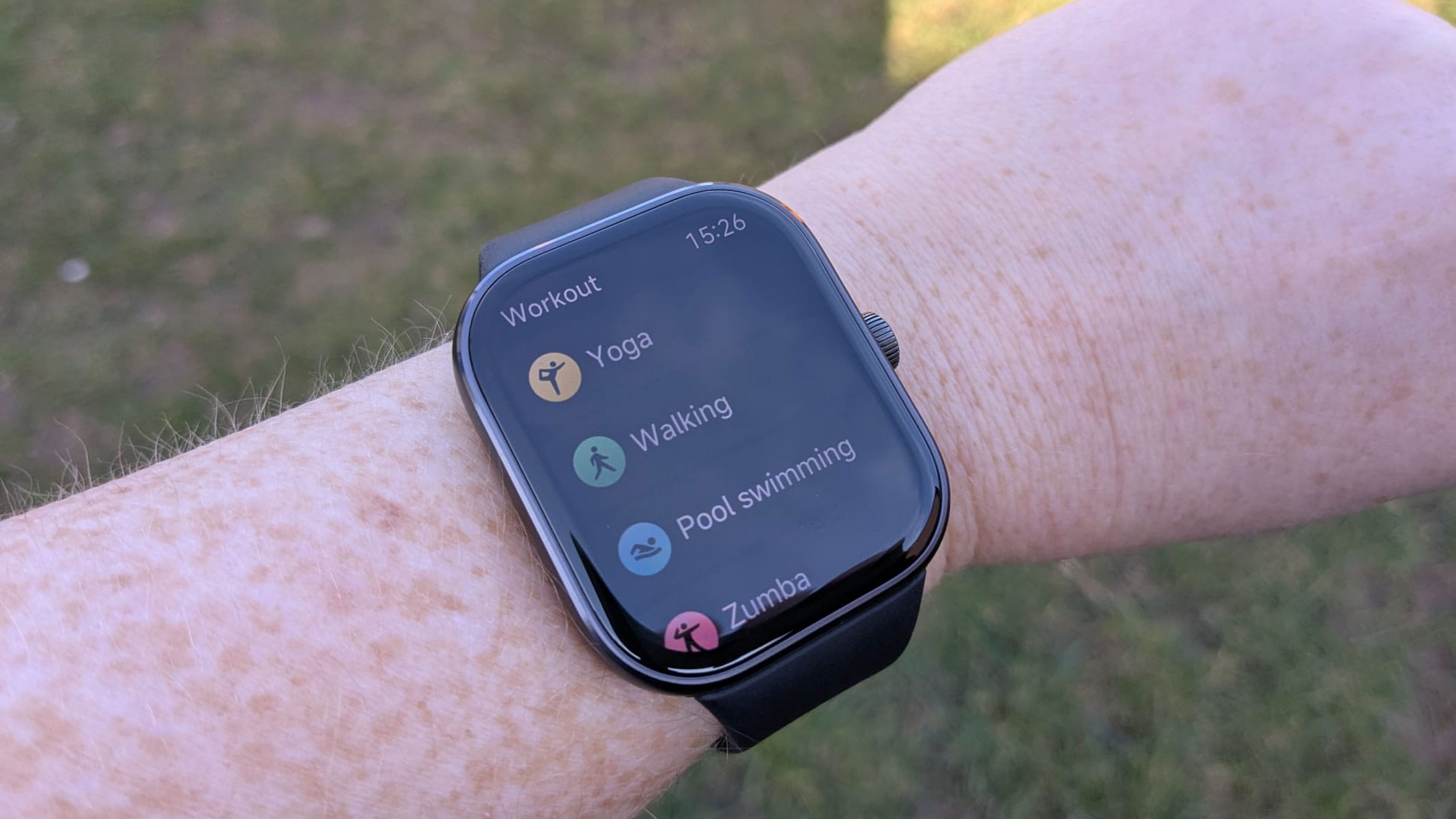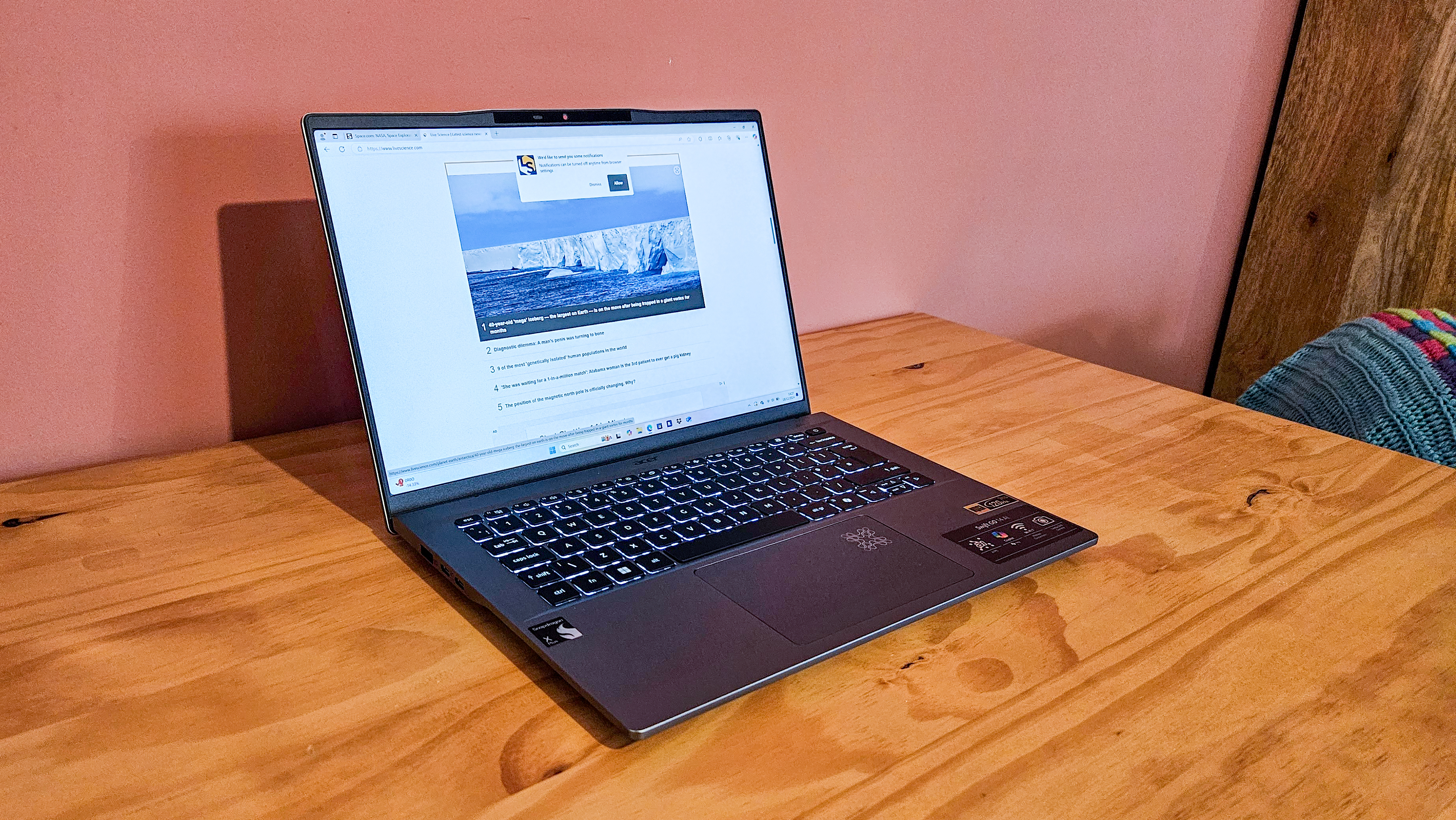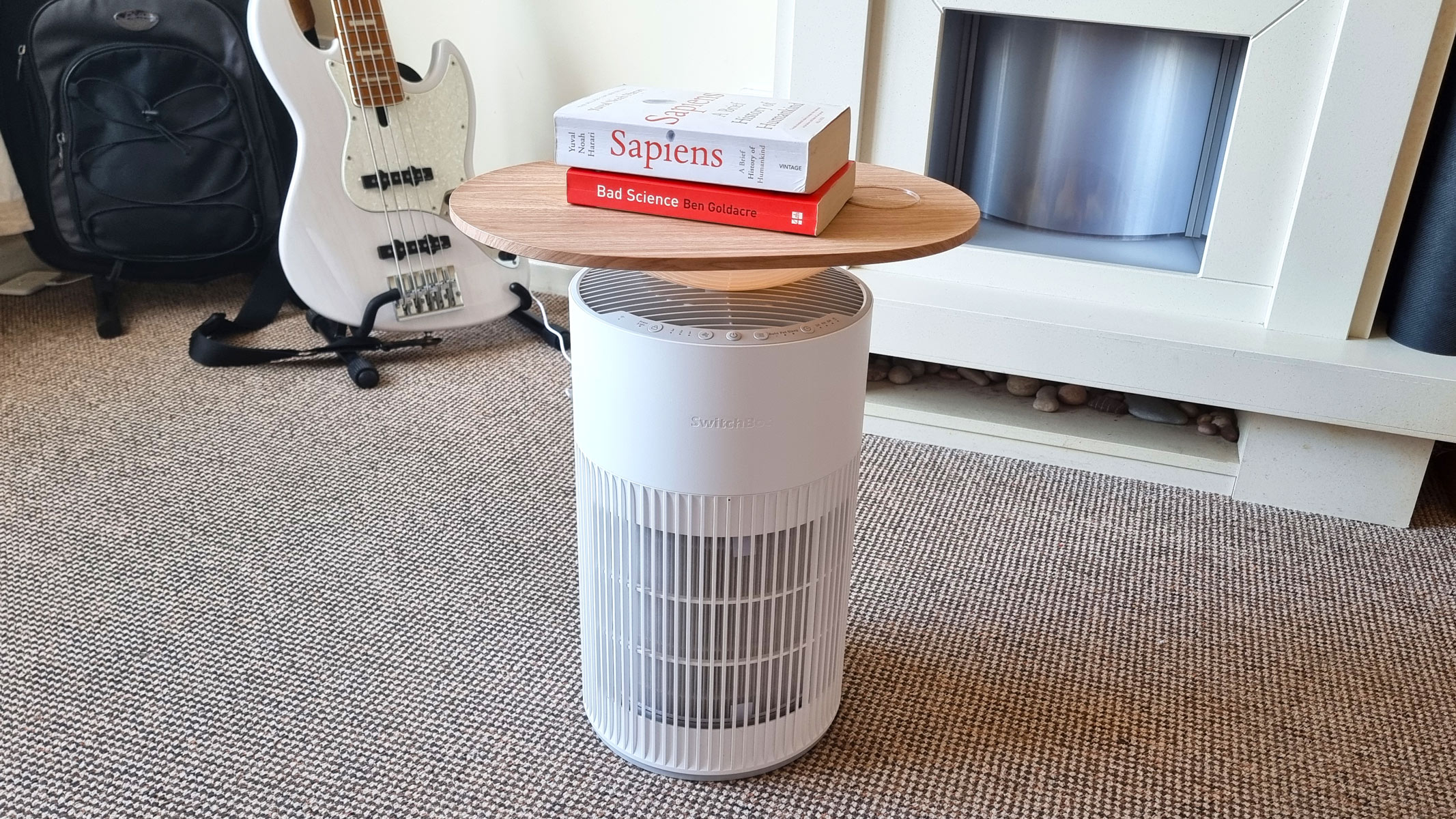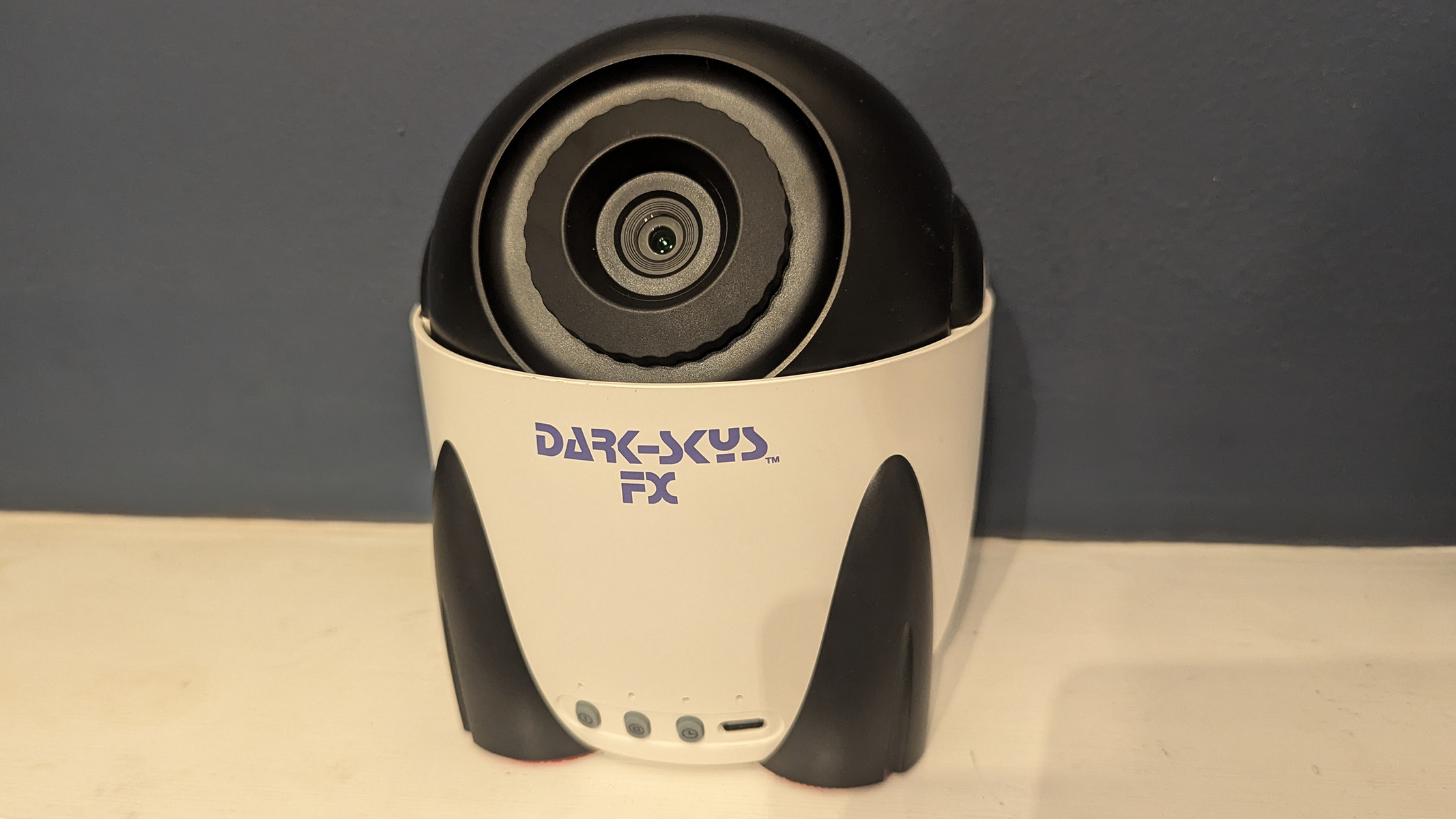Live Science Verdict
The Oura ring Generation 3 is worth the fuss, delivering health, sleep, temperature, and fitness stats from your finger to your phone in a heartbeat.
Pros
- +
Innovative wearable design
- +
Impressive battery life
- +
Great for tracking sleep
Cons
- -
Less intuitive as a workout tracker
- -
Looks bulky
Why you can trust Live Science
The Oura ring Generation 3 is one of a kind. While it won’t be winning awards for subtlety any time soon (the bulky design isn’t discrete) its intuitive features will help you keep track of your sleep, heart rate, oxygen levels and temperature.
Compatibility: iOS and Android Oura app available.
Battery life: 4-7 days
GPS: N/A
Sizes: Free sizing kit available upon purchase
Water resistance: Up to 100m/ 328ft
Heart rate tracker: Yes
Sleep tracker: Yes
Available colors: Silver, Black, Stealth, and Gold
Designed in Finland to improve health and fitness, the Oura ring is one of the best fitness trackers we’ve tested. It is programmed to read your body’s unique signals and habits in minute detail and it provides accurate, summarized feedback. It also helps you approach your health from different angles – with a particular emphasis on sleep.
Not only that, The Oura ring instils small, mindful daily practices to improve your mental wellbeing so you can take back the reins on your day-to-day life. So why not discover the best place to wear a fitness tracker then read on to check out our full review.
Price and availability
The MSRP for the Oura ring is $299 to $399 (depending on the color) and the device can be purchased directly from the Oura website. The price includes six months of free Oura membership which costs $5.99 per month after this period. Oura also offers a 30-day money-back guarantee. If you’re unsure about your ring size, you can grab a sizing kit for free when you buy the item online.
Design and display
We tested the Oura ring for a month so we could put the model through its paces, tracking our data in the Oura app every day.
We received a sizing kit before choosing our Oura ring and this allowed us to get a snug but comfortable fit. It’s super easy to set up once delivered: simply slot the ring over the ring-shaped charging device and download the Oura app. Once set up, you can customize your app to your goals and preferences.
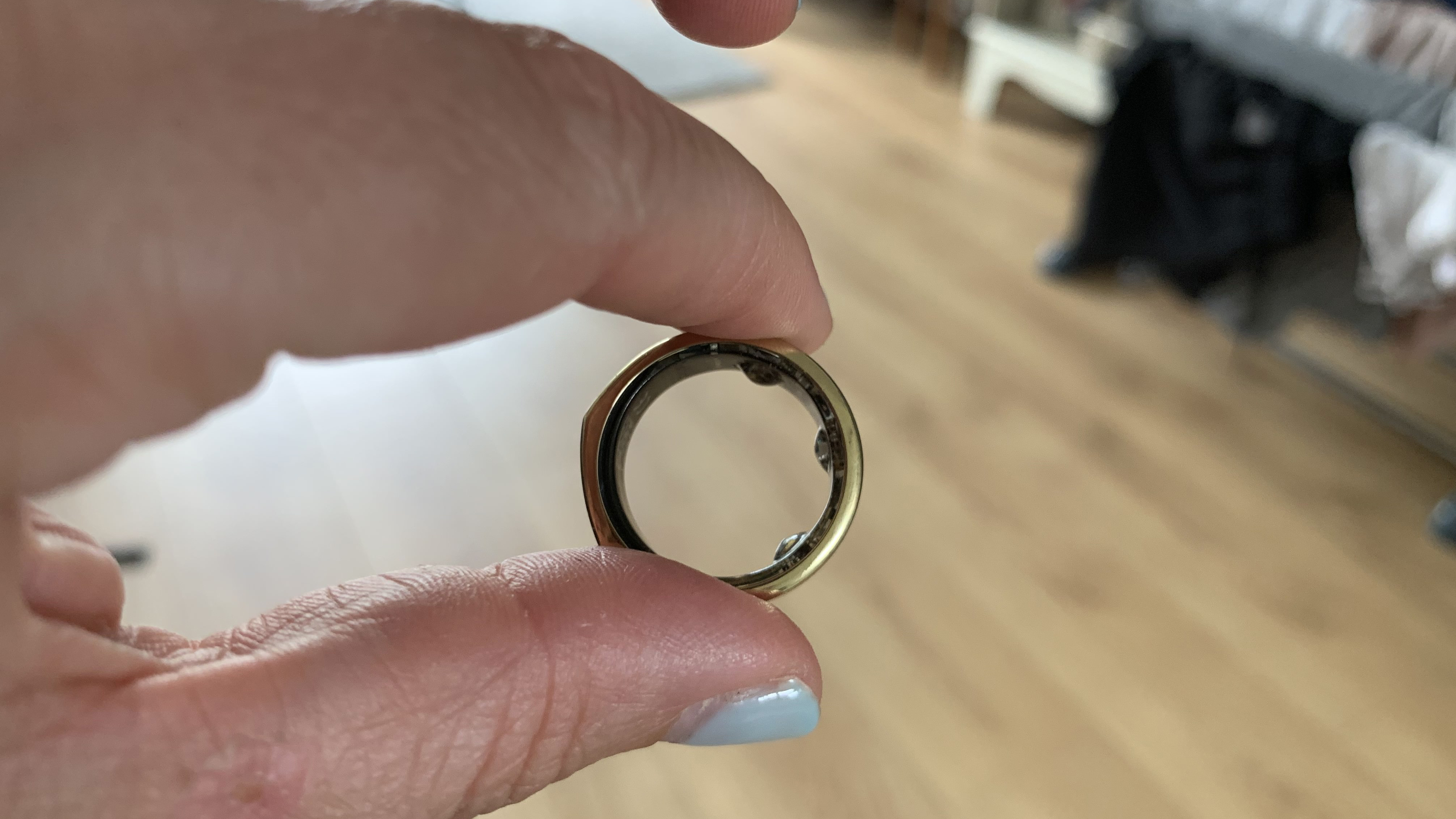
So what does it look like? Well, it’s made from lightweight, durable titanium with a PVD coating and it weighs between four and six grams. It’s non-allergenic and non-metallic – which is great news for sensitive skin – and it’s also designed to be water resistant up to 328 feet (100 metres).
We used the gold band for our testing, which is described by Oura as “the size of a wedding band,” but we found it to be considerably chunkier.
Features
The Gen3 model has three green LED sensors on the inner side of the ring, which are used for measuring things like body temperature and heart rate. Oura recommends wearing the band on your index or middle finger for the most accurate results, with the sensors resting on the inside of your finger (palm side). The company also suggests keeping it on non-stop for at least two weeks so that the device can ‘learn’ your body.
Because the device is so small, there’s no room for a screen. You have to rely on a companion app instead. The app is useful for giving you an overview of your day; you can see how your body reacts to things like workouts, stress and sleep over 24 hours. But it can be frustrating if you want live feedback during a workout – there’s no way to immediately bring up your heart rate, which you might want to know when you’re training.
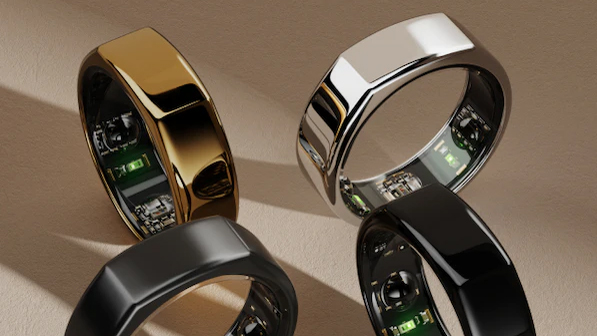
That said, the app is still a useful bit of software, giving you a lot of data to analyze. Three scores displayed in the app (readiness, sleep, and activity) provide a holistic view of what Oura calls your ‘personal baselines’ with a daily score dictating what your focus for the day should be – rest or activity. We also really liked the ‘explore’ section on the app, which gives you access to a wealth of guided meditations, breathing exercises, sleep scapes and learning soundbites.
Below, we’ve gone into a bit more details on some of the other main features.
Readiness
The readiness feature on the app analyzes streams of data to give you an overall readiness score. Opening this section on the app will give you a view of your daily body temperature, respiratory rate, and heart rate alongside a sliding scale of other readiness contributors (such as sleep, activity, HRV, and recovery.) If your readiness score is low, you might want to prioritize active recovery over a 10km run.
Heart rate and workouts
Oura has designed the ring to take measurements from your finger – near the radial artery – so that it can gather readings as accurately as possible. It will take these measurements throughout the day, so that you can see how your heart rate is affected by your schedule. The band will also track heart rate variability (the interval between heartbeats) during your sleep, which can be used to monitor things like sleep quality and stress.
The band can auto-detect 30+ different types of exercise, so when you start working out the ring should automatically record the data. Any exercise picked up will contribute to your daily activity score at the end of the day. You also have the option to manually input and record different exercise types via the app too.
The app also tracks calories, total calorie burn, walking distance and step count. However, we didn’t find this accurate, with the device wildly overestimating how many calories we’d burned. We also found the workout detection didn’t accurately reflect our exercise routine; you can retrospectively modify this each time, but it’s fussy and time-consuming.
Temperature
Research indicates that skin temperature can detect stress in the body – as detailed in this study in Physiology & Behavior. With this in mind, the Oura ring is fitted with “research-grade” temperature sensors to help you keep an eye on any unusual variations in temperature that could indicate high stress levels or potential signs of illness. This also proves useful for period-tracking (more on that below.)
Blood oxygen levels
The Gen3 model houses a red LED sensor to monitor your blood oxygen as you sleep; this can give you some indication as to your sleep quality. Oura says the sensors “shine red and infrared light into your finger and use the reflected light that bounces back to estimate how much oxygen is in your blood”.’
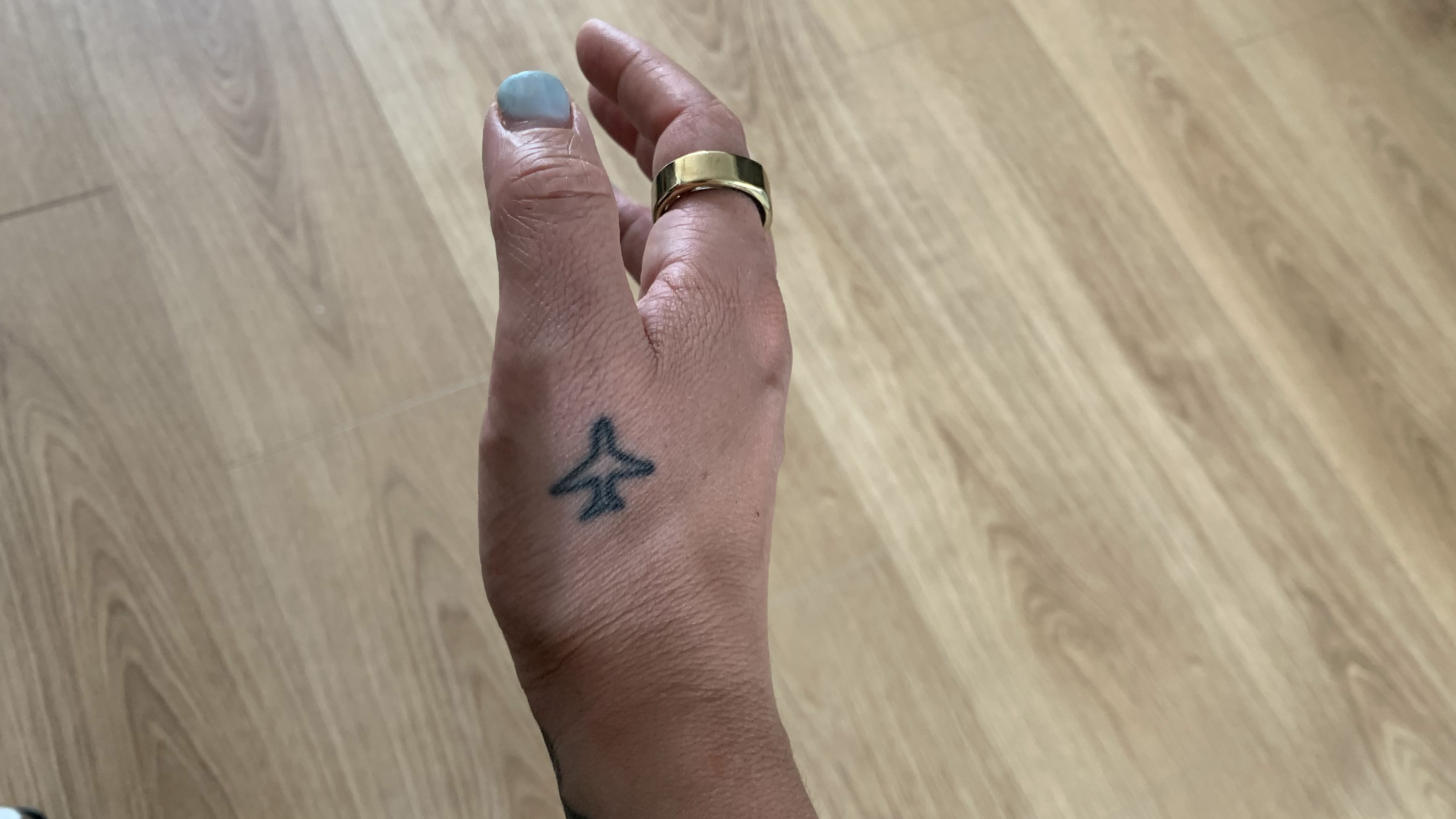
We received a software upgrade for the feature after one month of wearing the device, and after initially struggling to get this to work, we finally got to test it. The feature helps monitor blood oxygen percentage and breathing regularity throughout the night to detect any irregularities as you sleep.
Anything between 95 and 100% blood oxygen is normal, and our average oxygen saturation came through as a percentage each morning with a label reading “optimal.” Tracking this over time can help identify potential breathing problems, such as sleep apnea.
Menstrual cycle
A feature we adored was the partnership with FDA-approved Natural Cycles (a fertility and birth control app). Natural Cycles temperature testing usually requires holding a thermometer under your tongue first thing in the morning, which you can then log into the app. When you switch to Oura, you can sync apps and ditch the constant manual check-ins; Oura will send temperature data directly to Natural Cycles every morning instead, helping to predict your menstrual cycle and temperature fluctuations.
We tested this feature by continuously using the thermometer and comparing it with the Oura data, finding very little variance between them.
Sleep
Undoubtedly the big hitter, and the best feature, of the Oura Gen3 is sleep tracking. Oura says the accuracy closely matches the gold-standard sleep lab test.
The ring provides bedtime recommendations, giving you an advanced warning to wind down and sleep for longer while providing tips for ways to do this. You’ll also receive daily sleep scores based on information collected by the sensors throughout the night. Results include total sleep, time spent in bed, resting heart rate, efficiency, restfulness, stages of sleep, latency (how long it takes to fall asleep) and timing. It can even detect your naps, although we found that it sometimes failed to register these.
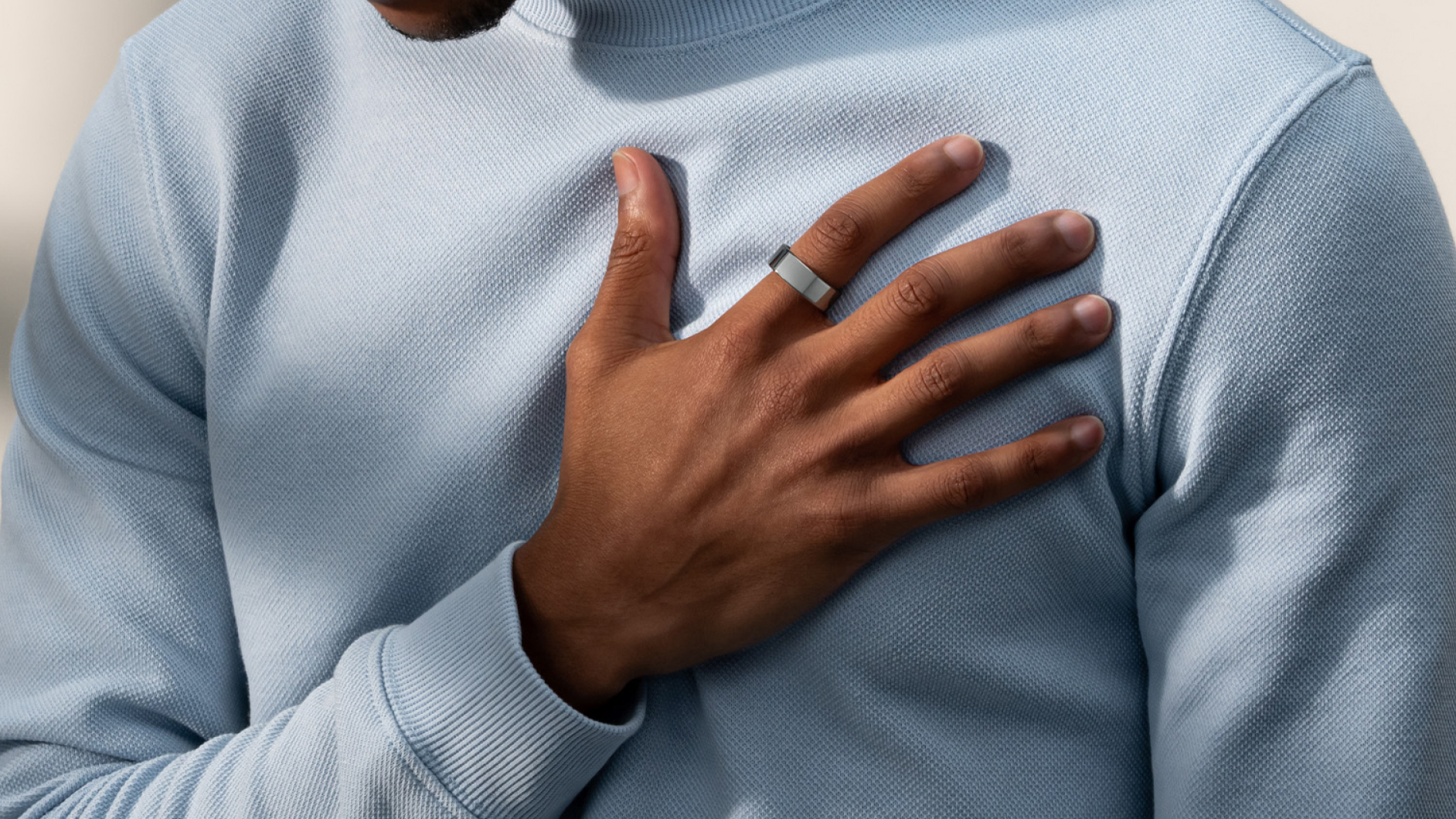
The sleep tab will tell you your lowest and average sleeping heart rate and flag any areas you could improve in red. Throughout testing, we discovered that our restfulness and REM were flagged often, which allowed us to put measures into place to combat disturbances.
Your overall sleep score will contribute to your daily readiness score. For example, a stormy night’s sleep will lower your score the next day, flagging areas of concern in red; your daily readiness score might recommend prioritizing a rest day rather than encouraging vigorous exercise.
These are just some of the basic metrics and features available from Oura; the sheer amount of 360° information available from the band can feel overwhelming, so we recommend exploring it all at your own pace. If you prefer to use a third-party app like Google Fit, Apple Health, or Strava, these can be synced to your device, too.
Performance
We were impressed with the battery life on the band – a feature often oversold in trackers. It lasted four days without a recharge, but Oura estimates you’ll need to charge up every four to seven days, depending on how you use the ring. The lightning-fast charger uses whippet speeds to charge in 20 to 80 minutes.
The shining star of this device is the sleep feature which we found very helpful for improving our overall sleep hygiene and implementing small daily changes to prioritize sleep quality. When we felt most rested, the data always reflected this, and when we woke up sluggish, our REM or deep sleep was usually lacking.
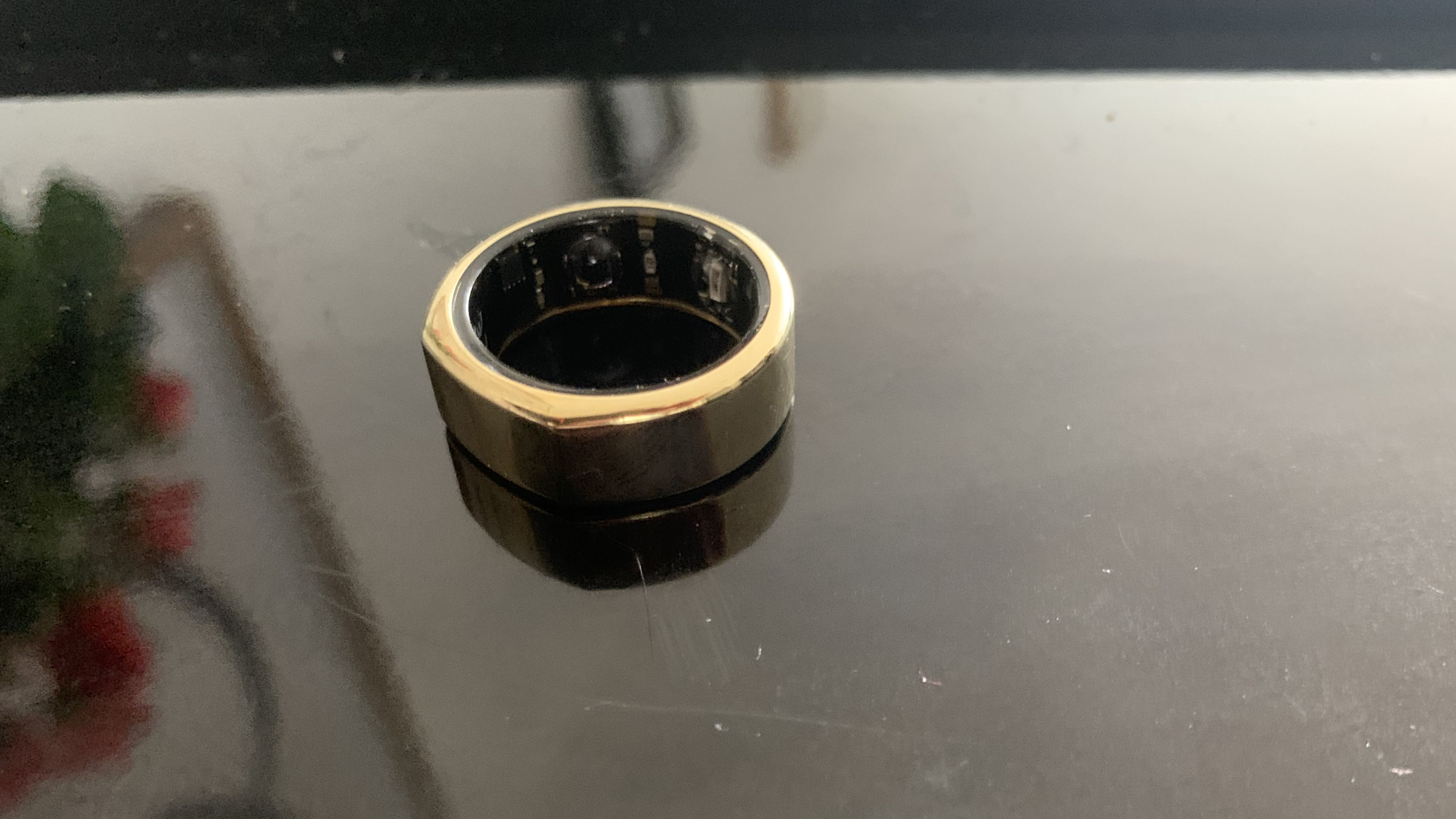
Several times we found our heart rate elevated late into the night after evening exercise, but shifting vigorous workouts to earlier in the day helped our heart rate settle earlier. The band really encourages you to create healthy, sustainable habits like this and stick to them.
Unfortunately, metrics like step count and calorie burn were way off and workout data (collected on auto-detect) had to be edited manually with the correct time stamps and activity. That’s fine if you’re happy to keep updating your activity as and when you complete it, but if you lose track during the day, it requires (mentally) retracing your steps to remember all your movement.
Verdict
The Oura Generation 3 ring is marketed as a sleep tracker, so if your primary focus is on live-monitoring your workouts then you should look elsewhere. But for those seeking a 360-degree approach to health, sleep, and wellness, the ring is one of a kind.
We found features such as sleep, temperature, and oxygen tracking very intuitive and informative, and it helped us to learn a lot about our own body and daily habits. But there’s a long way to go before we’d use it as a workout and fitness tracker, although the data you can glean from tracking your exercise is useful for informing other aspects of your health.
If this product isn’t for you
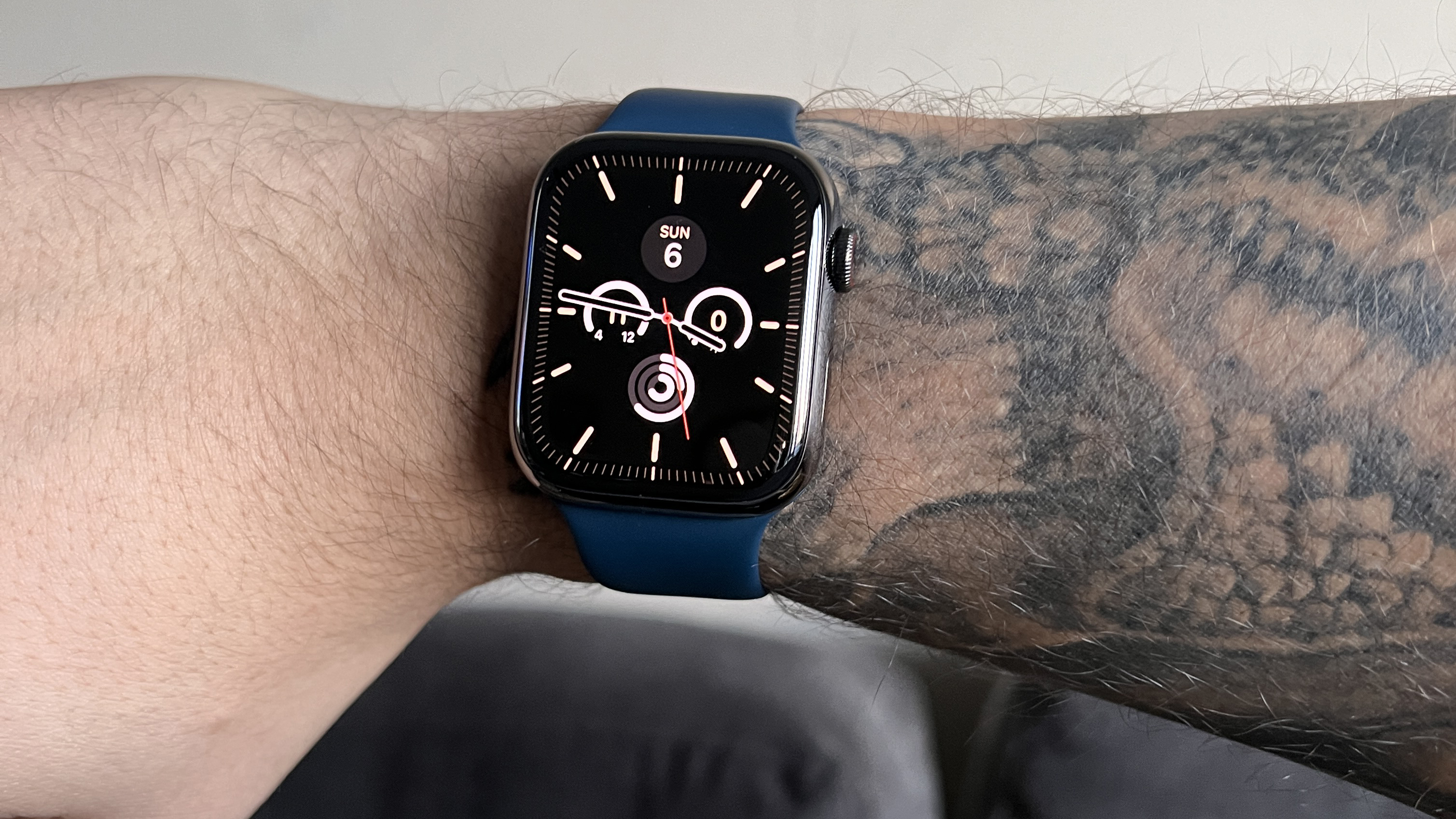
A firm favorite is the Apple Watch Series 7 (above). It comes loaded with a vast collection of apps and parades as a smartwatch and fitness tracker. You can even watch workout videos from your wrist.
If you’re on a budget and steering away from fuss and frills, the Xiaomi Mi Smart Band 6 is more than capable of tracking workouts and daily steps. You can even take heart rate measurements and track your blood oxygen and sleep, too.

Sam Hopes is a level III fitness trainer, level II reiki practitioner, and resident fitness writer at Future PLC. Having trained to work with both the mind and body, Sam is a big advocate of using mindfulness techniques in sport and aims to bring mental wellbeing to the forefront of fitness. She’s also passionate about the fundamentals of training and how we can build more sustainable training methods. You’ll find her writing about the importance of habit-building, nutrition, sleep, recovery, and workouts.
